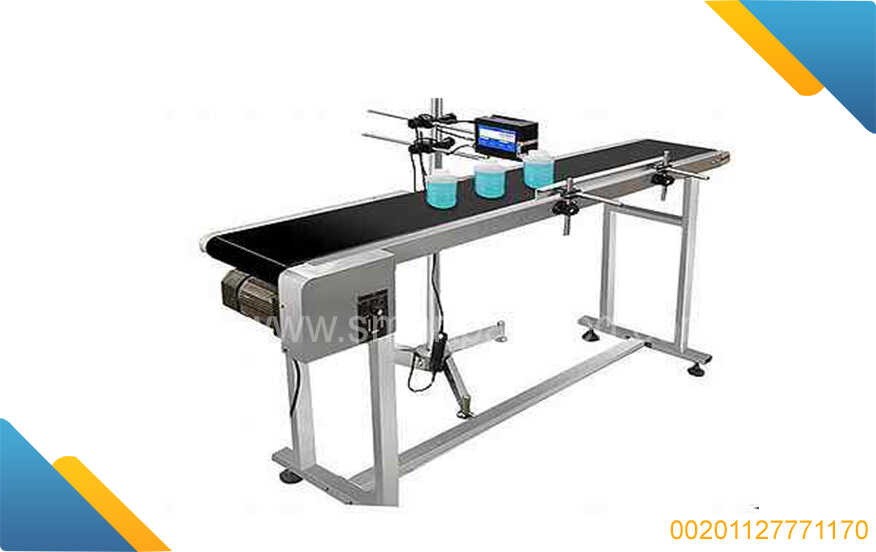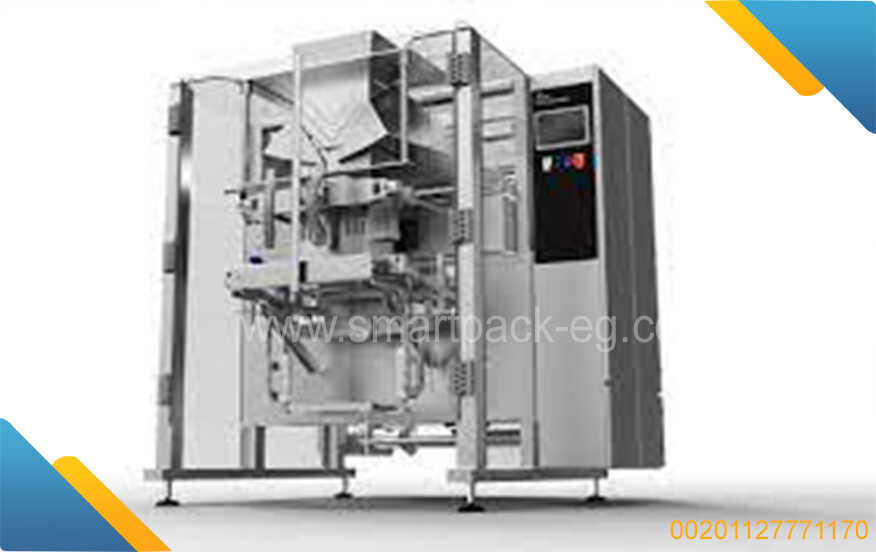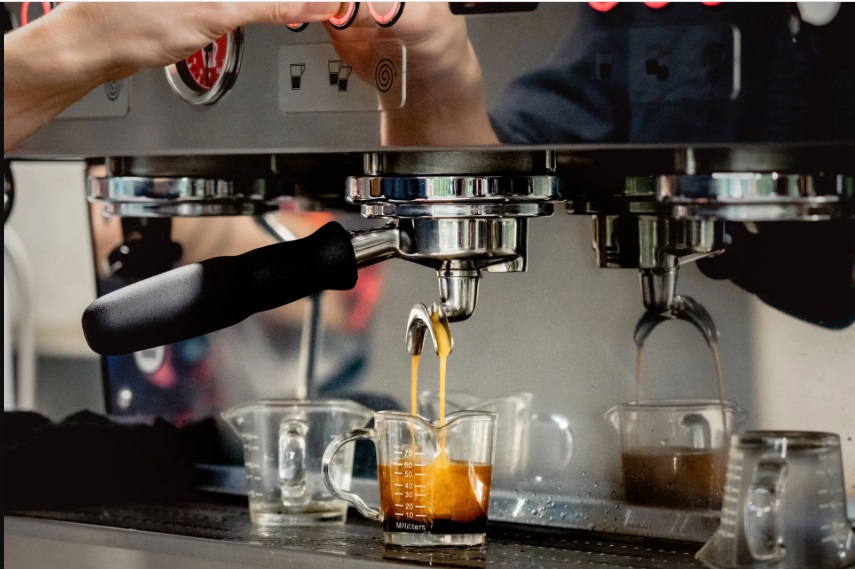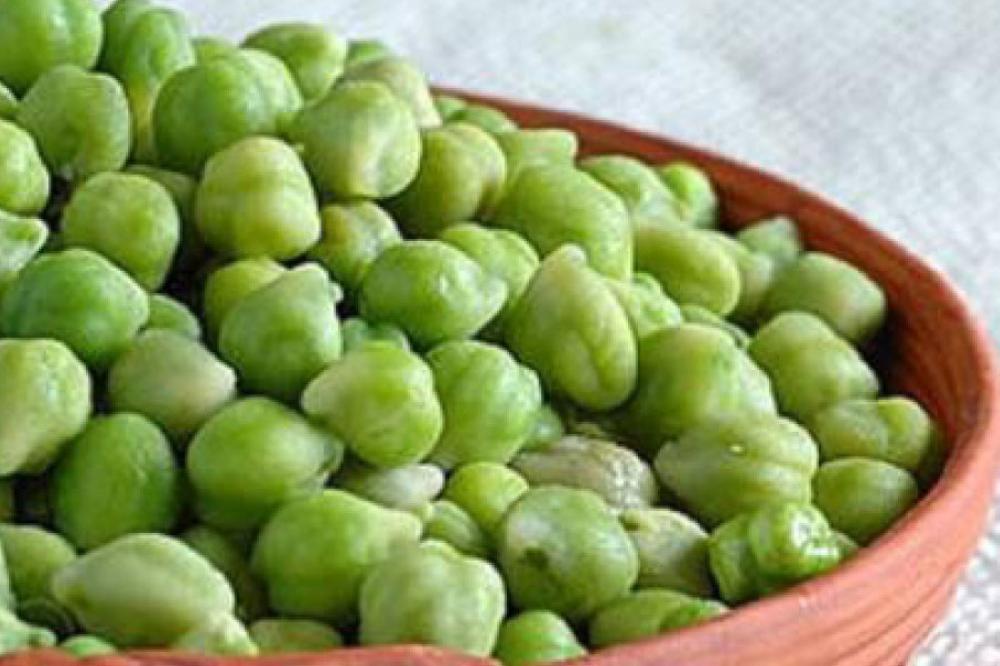How to Guide: An Overview of Work Steps in Production Lines and Packaging Machines in Egypt
As Egypt continues to emerge as a prominent player in industrial production, it becomes essential to understand the work steps involved in production lines and packaging machines. Whether you are a business owner, an engineer, or simply someone with an interest in the manufacturing process, this guide aims to provide you with a comprehensive overview of the work steps involved. Let's dive in!
Step 1: Planning and Design
Any successful production line or packaging machine begins with thorough planning and design. This step involves determining the specific requirements of the product you aim to manufacture, assessing available resources, and creating detailed designs for the machinery and production line layout.
To accomplish this, you will need to collaborate with engineers, designers, and production experts who can assist in creating efficient and effective systems. Industrial automation technologies are increasingly being integrated into these planning stages to enhance productivity and streamline processes.
Step 2: Sourcing Equipment and Materials
Once the planning and design phase is complete, the next step is to source the necessary equipment and materials. This may involve purchasing custom-made machinery, procuring components from various suppliers, or evaluating lease options for machinery.
In Egypt, there is a wide range of options available for sourcing equipment and materials. Local manufacturers often provide tailor-made solutions, while international suppliers offer a diverse array of high-quality products. It is crucial to conduct thorough research and engage with reputable suppliers to ensure reliability and cost-effectiveness.
Step 3: Installation and Setup
After acquiring the required equipment and materials, the installation and setup phase commences. This involves assembling the machinery according to the design specifications, connecting auxiliary systems such as power supply and conveyors, and integrating automation software if applicable.
To carry out this step efficiently, it is recommended to involve experienced technicians who are well-versed in machinery installation and setup procedures. They will ensure that all components are assembled correctly, and perform necessary tests to verify proper functioning before moving forward.
Step 4: Testing and Calibration
With the machinery set up, the next step is to conduct thorough testing and calibration to ensure optimal performance. This involves running trial production cycles to assess the performance of the production line or packaging machine.
During this stage, it is crucial to monitor and evaluate key performance indicators such as speed, accuracy, and reliability. Any issues or deviations from the expected results should be carefully documented, and necessary adjustments or calibrations should be made to fine-tune the machinery.
Step 5: Training and Personnel Development
An efficient production line or packaging machine requires skilled operators who can effectively manage the equipment and optimize its performance. In this step, it is essential to provide comprehensive training to the operators and other relevant personnel.
Training programs should cover not only the technical aspects of operating the machinery but also include safety protocols, troubleshooting techniques, and preventive maintenance procedures. Engaging experienced trainers or collaborating with equipment manufacturers can greatly enhance the effectiveness of training programs.
Step 6: Production and Monitoring
Once all the previous steps are completed successfully, it's time to commence production. This involves the regular operation of the production line or packaging machine to manufacture products according to the desired specifications.
During this stage, it is important to closely monitor all aspects of production, including machine performance, product quality, and adherence to production schedules. Implementing real-time monitoring techniques and quality control systems can greatly improve overall productivity and minimize downtime.
Step 7: Maintenance and Ongoing Optimization
To ensure the longevity and efficiency of your production line or packaging machine, regular maintenance is essential. This step involves performing routine inspections, cleaning, lubrication, and replacement of worn-out components.
Ongoing optimization aims to identify areas for improvement in terms of productivity, quality, and efficiency. Collecting and analyzing data related to key performance indicators can help uncover opportunities for innovation and process enhancements.
In conclusion, understanding the work steps involved in production lines and packaging machines in Egypt is critical for achieving optimal manufacturing outcomes. By following this comprehensive guide, you can navigate each stage with confidence, enabling you to create efficient and effective production processes that meet your business objectives.

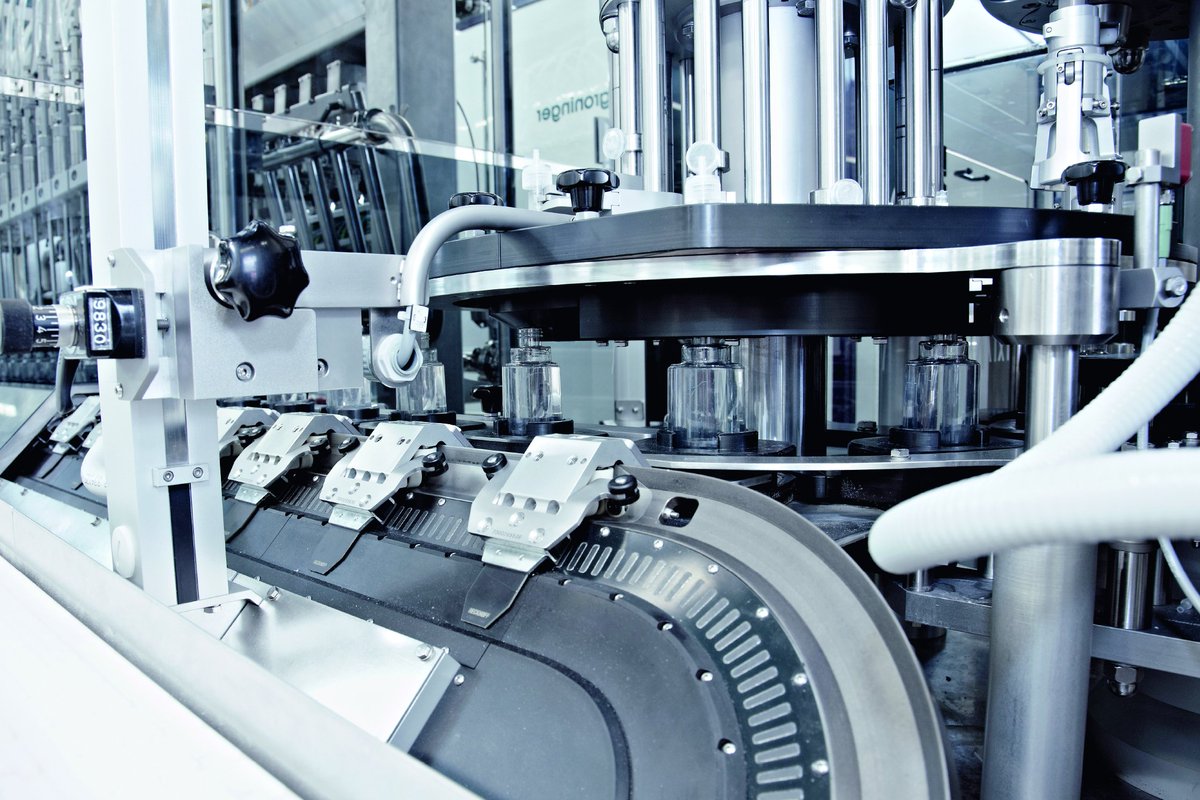
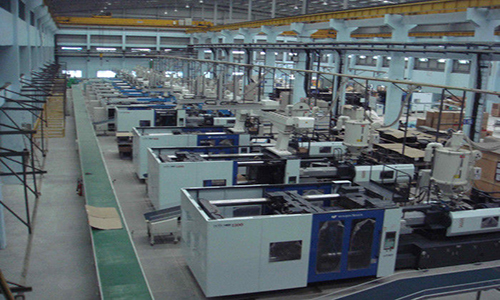
 Admin
Admin 